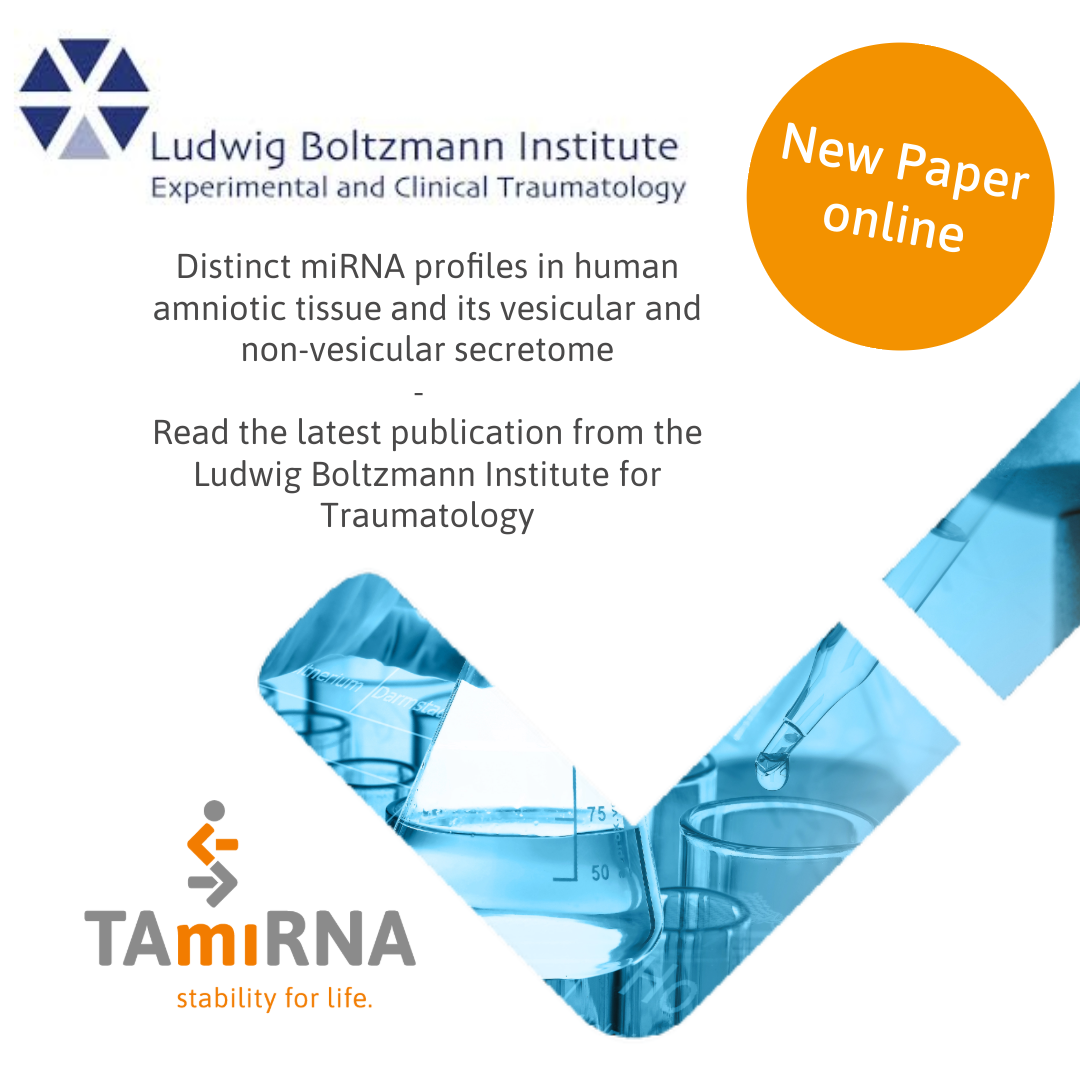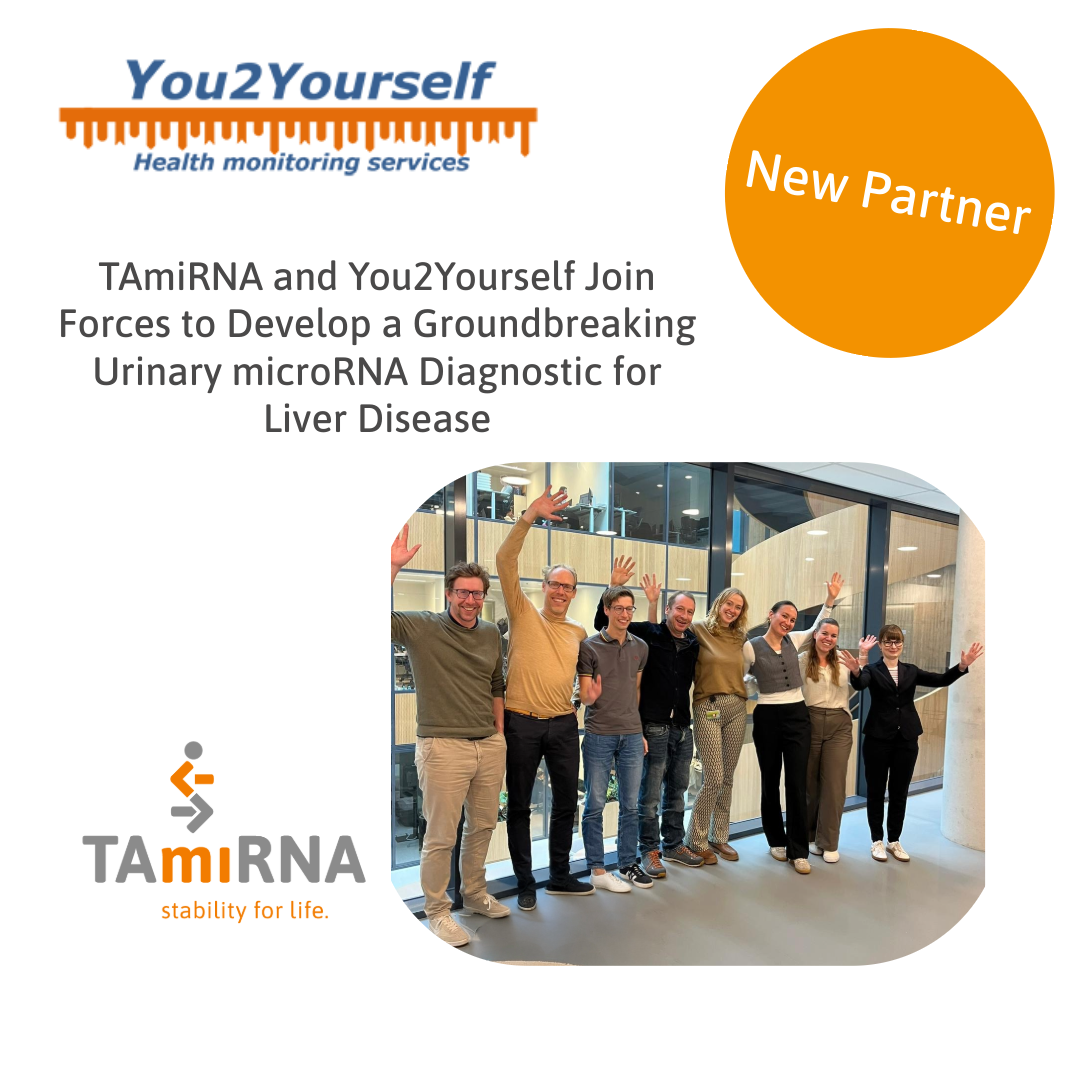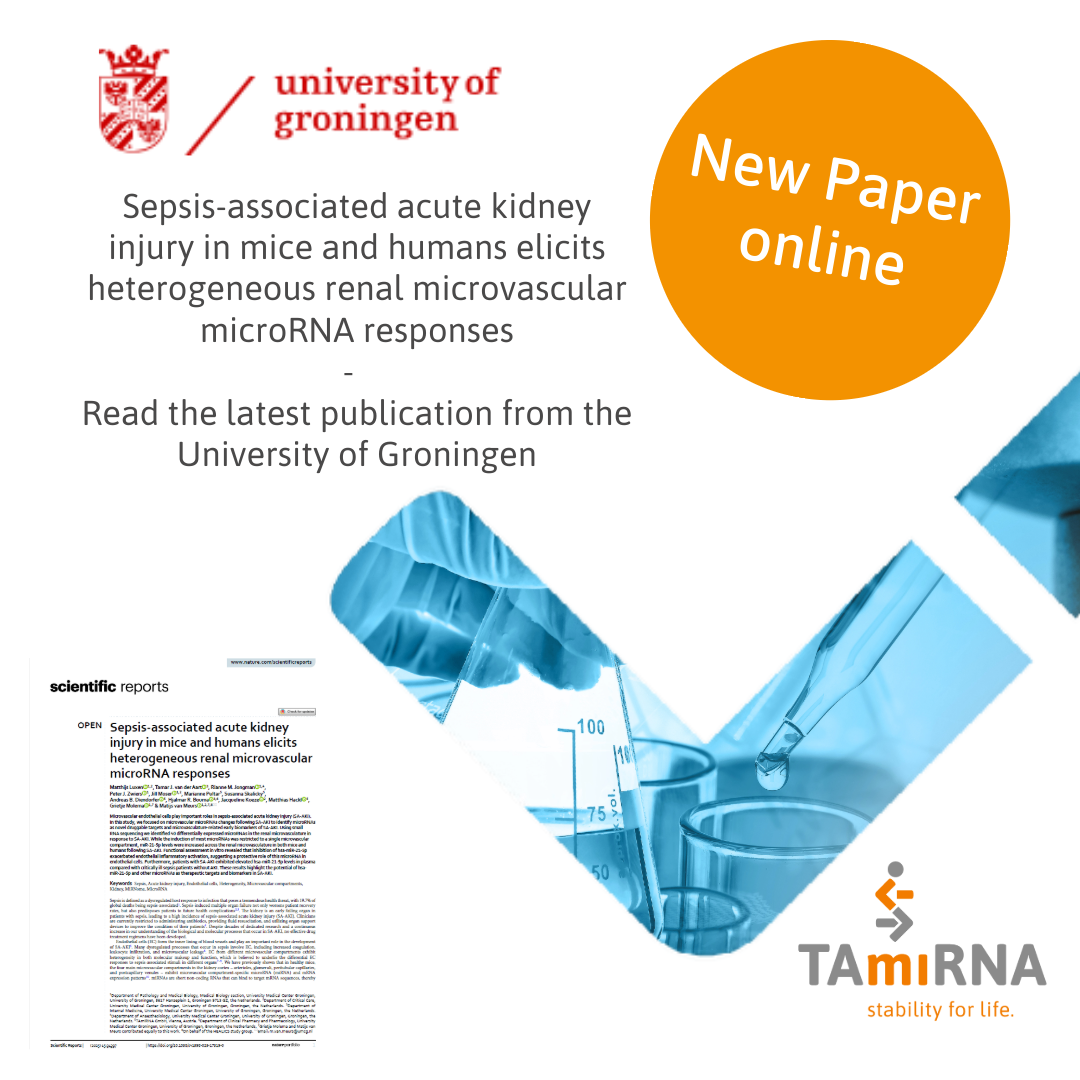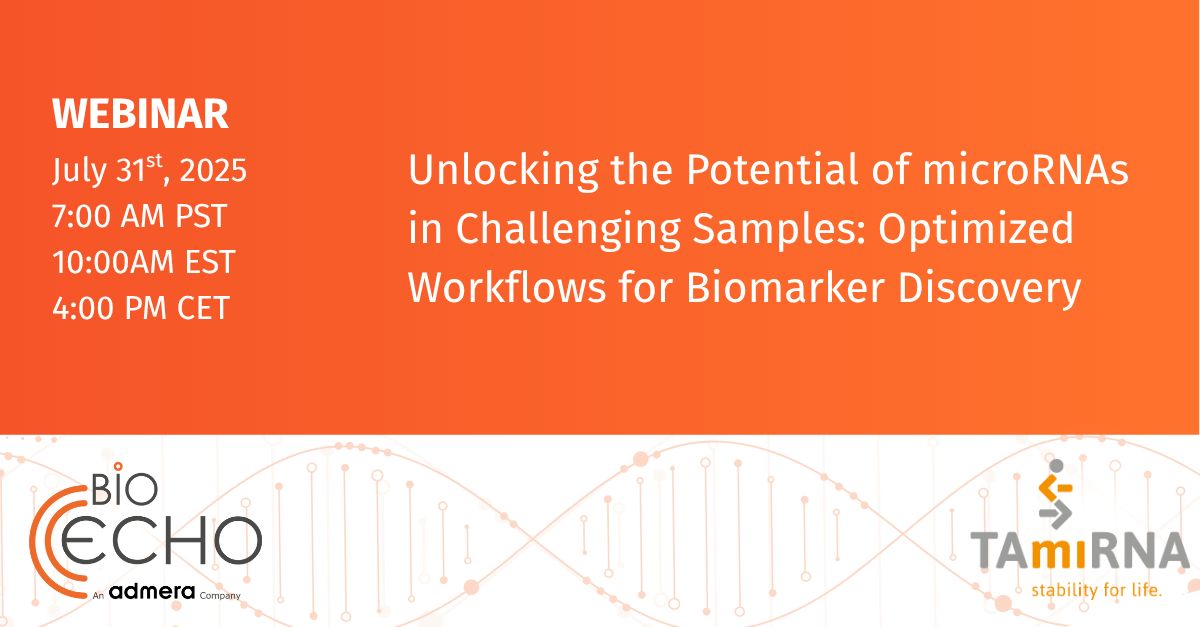Distinct microRNA profiles in human amniotic membrane its vesicular and non-vesicular secretome revealed
Vienna, Austria – November 2025 TAmiRNA scientist have contributed significantly to a new study published by the Ludwig Boltzmann Institute for Traumatology, which is titled “Distinct miRNA profiles in human amniotic tissue and its vesicular and non-vesicular secretome”. The article was published in Frontiers in Cell and Developmental Biology on October 29th 2025. Human amniotic membrane (hAM) has been used in tissue regeneration and wound healing applications. In this study, the miND® small RNA-sequencing workflow was applied to generate fresh insights into the microRNA composition of two spatially and physiologically distinct regions of the human amniotic membrane (hAM) and its secreted extracellular vesicles (EVs) and protein-bound miRNAs. The work highlights how advanced analytical workflows can uncover tissue- [...]












